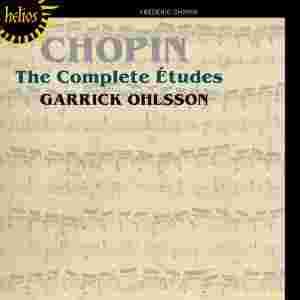Chopin THE COMPLETE ETUDES Garrick Ohlsson

Aukcja w czasie sprawdzania była zakończona.
Cena kup teraz: 39 zł
Użytkownik koszur
numer aukcji: 2290042099
Miejscowość Szczecin
Wyświetleń: 15
Koniec: 19-05-2012, 20:59
Dodatkowe informacje:
Stan: Nowy
Liczba płyt w wydaniu: jedna
Opakowanie: w folii
